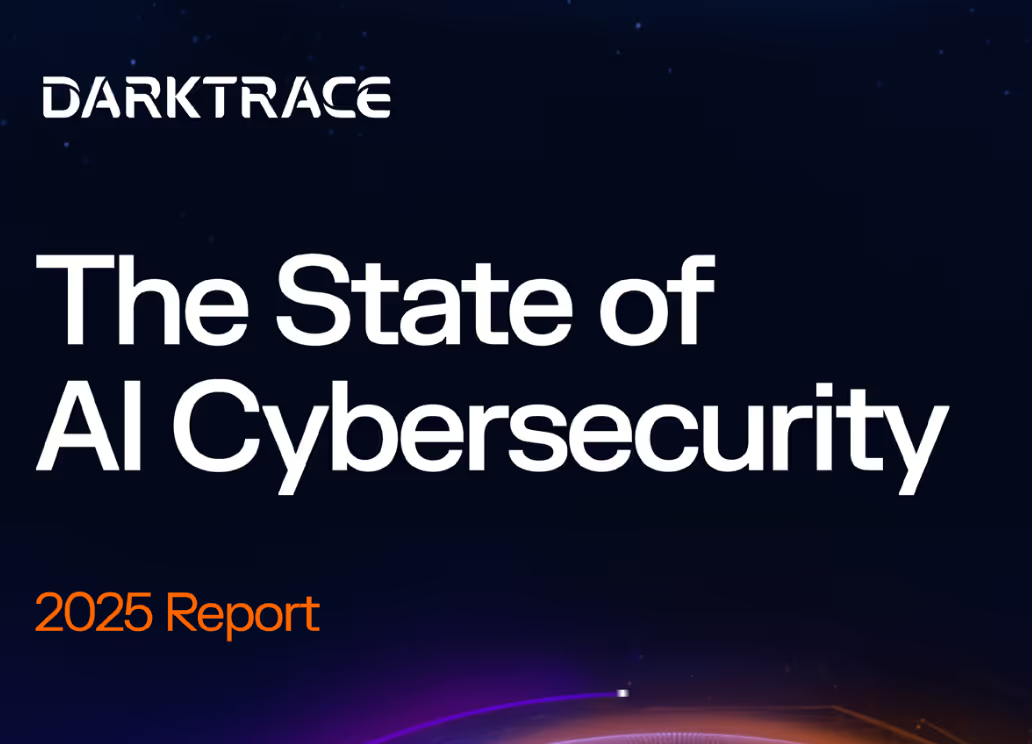Outlook Security
Introduction: Outlook security
Outlook email security is a growing concern for businesses navigating today’s cyber threat landscape. With phishing attacks, data loss, and unauthorized access on the rise, organizations need to take Outlook security seriously — especially when it comes to protecting sensitive communications.
While Microsoft provides a range of tools for safeguarding emails, many users still overlook the available Outlook secure email features. Whether you're managing internal communications or sharing data with third parties, securing your Outlook environment is essential. This guide breaks down what secure email means in Microsoft Outlook, how it works, and what steps IT teams can take to improve resilience.
Is Outlook secure?
Outlook includes built-in protections like spam filtering and basic encryption but is Outlook a secure email solution by default? Not entirely. True email security requires IT teams to configure advanced settings, enable encryption, and integrate additional tools to guard against phishing and data breaches.
Importance of Outlook security
Microsoft Outlook is one of the most widely used email platforms in the enterprise space, but that popularity also makes it a high-value target. As a feature-rich application with integrations across Microsoft 365, Outlook introduces a broad attack surface that can be exploited if security measures aren’t properly enforced. Additionally, Microsoft Outlook security depends on regular patches and user-side configurations—meaning gaps can emerge quickly without proper oversight.
Securing Outlook is not just about protecting individual messages. It’s about safeguarding an entire communication channel that connects internal staff, customers, and third parties. Below are some of the most common threats that make robust Outlook security essential:
Unauthorized access: Without strong authentication and encryption, attackers can hijack accounts and gain access to sensitive inbox content or impersonate users.
Malware: Outlook attachments are a common vector for malware. Inadequate filtering or sandboxing can lead to ransomware infections or persistent threats.
Data theft: If Outlook emails are not encrypted, attackers may intercept or exfiltrate valuable business data during transit.
Phishing: Phishing Outlook email attacks remain prevalent. Sophisticated threat actors use realistic lures to trick users, making phishing Outlook one of the most common enterprise breach vectors. Outlook email phishing defenses must go beyond default settings.
How to enhance Outlook encryption and security
To fully protect sensitive data, organizations must go beyond Outlook’s default settings. While Microsoft Outlook encryption offers a solid baseline, strengthening your configuration and layering on additional defenses is essential. Here are key steps to improve Outlook email protection:
Implement Microsoft Outlook encryption: Use built-in tools for sending encrypted email in Outlook. This ensures only intended recipients can read the message.
Look for trusted sender icons: These icons help users verify legitimate senders and avoid phishing scams.
Check for safety bars: Outlook flags suspicious messages with colored bars. Educate users to recognize and respond to these warnings.
Organize senders into safe and blocked lists: Refining these lists helps control exposure to unwanted or malicious emails.
Check the Outlook URL when signing in: Before logging in, verify the URL to avoid credential theft from spoofed login pages.
Use strong passwords and two-step verification
Secure email Outlook accounts with unique passwords and enable multi-factor authentication.
Check on unusual account activity: Regularly audit for signs of compromised access or anomalies.
Use a third-party email security solution: Enhance encrypted email on Outlook by integrating advanced tools for threat detection and policy enforcement.
How to send a secure email in Outlook
To send a secure email in Outlook, you can use the built-in encryption feature, which requires both the sender and the recipient to have a digital ID. See the instructions here --> Instructions
Learn more about Darktrace / EMAIL and Microsoft
Securing Microsoft email accounts requires more than default protections. As threats like phishing, spoofing, and data exfiltration grow more advanced, organizations need smarter defenses that adapt in real time. Microsoft offers strong native tools but combining them with advanced solutions is key to staying ahead of evolving attacks.
Darktrace / EMAIL uses AI-driven threat intelligence and behavioral analysis to detect and stop novel threats, before they cause harm. From identifying Microsoft phishing emails to preventing account takeovers, Darktrace adds critical layers of protection.
























